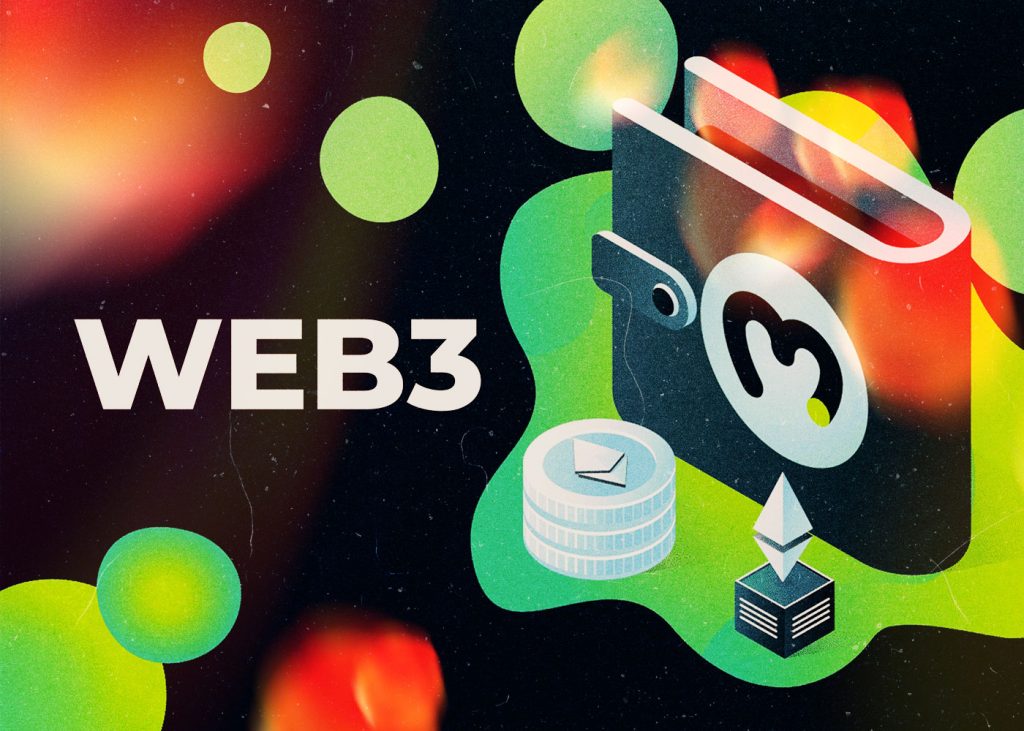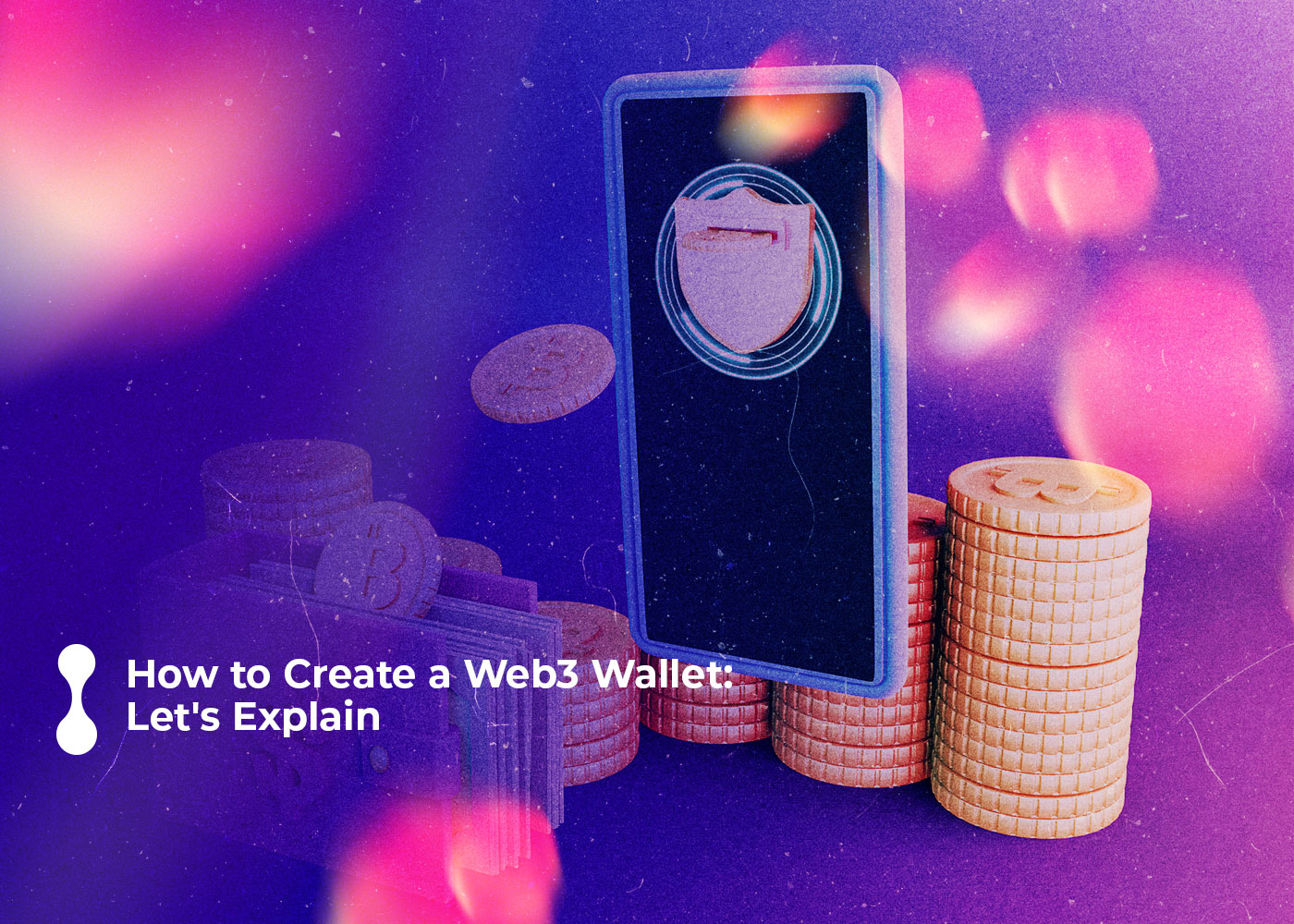The emergence of Web3 opens up new possibilities for how people handle their digital assets, allowing them to interact with decentralized applications and securely with each other without relying on a central authority. The benefits of using a Web3 wallet are many, including lower transaction fees and enhanced security—and in this blog post, we’ll explain how to create a Web3 wallet. Understanding these topics gives you all the information necessary to make informed decisions about your cryptocurrency transactions.
What Is a Web3 Wallet?
A Web3 wallet is a secure and versatile gateway to decentralized applications (dApps) and blockchain ecosystems. As a comprehensive tool that transcends the limitations of traditional wallets, a Web3 wallet empowers users to seamlessly interact with various blockchain networks while maintaining full control over their digital assets. By harnessing innovative cryptographic techniques and ensuring a high level of interoperability, a Web3 wallet allows users to optimize their engagements with the burgeoning landscape of decentralized finance (DeFi), non-fungible tokens (NFTs), and beyond. With a professional-grade user interface that emphasizes security, accessibility, and ease of use, a Web3 wallet ultimately redefines the digital asset management experience and paves the way for the future of Web 3.0.

How to Create a Web3 Wallet?
To create a Web3 wallet, follow these general steps:
- Choose a Web3 wallet provider: With numerous Web3 wallet providers out there, including MetaMask, MyEtherWallet, and Trust Wallet – it’s important to do your due diligence in comparing their features to determine which one is the best fit for you.
- Download the wallet extension: Access the benefits of Web3 wallets with a simple download and installation of their browser extension on your preferred web browser.
- Create a new wallet: After you’ve installed the wallet extension, all that’s left to do is create your own wallet. It’s a straightforward process: just follow the prompts provided by the provider and set up a password or passphrase of your choice while backing up a vital recovery seed phrase for good measure.
- Fund your wallet: After your wallet is established, you can easily add currency to it by simply transferring cryptocurrency or tokens to the address generated for you by the wallet provider.
- Connect to dApps: By having a properly-funded wallet, you have the power to access decentralized applications (dApps) and connect with blockchain technology. To make full use of most dApps, it’s necessary for you to attach your wallet.
It’s paramount to remember that Web3 wallets differ significantly from conventional bank accounts, and you are responsible for safeguarding your private key. Always back up your recovery seed phrase, never ever sharing it with another person.
Choosing the Right Web3 Wallet Provider Might Be the Key
It’s easy to create a Web3 wallet. You just need to research well how to create a Web3 wallet and which web3 wallet provider to use. Understanding the different types of wallets is important in selecting the best option for your needs. While several web3 wallet providers are available, not all wallets offer the same functionality or security. It’s essential to have a private key that only you can access and verify that the provider is well established—otherwise, you might risk your funds being lost forever. Fortunately, with the right research and knowledge, creating a wallet with a reputable web3 wallet provider is easy. With so many different options out there, take the time to find one that works for you to be confident your cryptocurrency is safe and secure.
